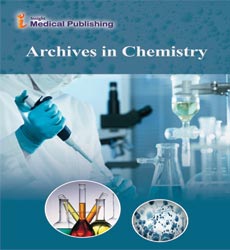Development of Spectrofluorimetric Sensor for Determination of Formaldehyde
Abstract
The main sources of formaldehyde, which is considered to be toxic and carcinogenic and is the most common indoor polluting gas, are mainly emissions from paints, linoleum, varnishes, furnishings, timber and plastic products. For formaldehyde, the US National Institute for Occupational Safety and Health (NIOSH) has set a concentration of 0.016 ppm as the maximum long-term exposure limit. The World Health Organization (WHO) also accepts a threshold limit of 0.08 ppm and 30 minutes. In the studies for the determination of formaldehyde, many methods such as spectrophotometry, chromatography, polarography, etc. have been used [1-2]. Although these methods seem sufficient for the determination, they are disadvantageous because of their low sensitivity and time consuming. In our study, polymeric hybrid fluorescence sensor containing aminosilane has been developed for the determination of formaldehyde by photopolymerization technique. After the characterization of the developed sensor, parameters such as pH, response time, linear range, sensitivity, detection limit required for determination were systematically examined and the sensor was successfully applied to real samples containing formaldehyde.
Open Access Journals
- Aquaculture & Veterinary Science
- Chemistry & Chemical Sciences
- Clinical Sciences
- Engineering
- General Science
- Genetics & Molecular Biology
- Health Care & Nursing
- Immunology & Microbiology
- Materials Science
- Mathematics & Physics
- Medical Sciences
- Neurology & Psychiatry
- Oncology & Cancer Science
- Pharmaceutical Sciences
